Sydney is in heritage crisis mode. Ancient Aboriginal campsites are being dug-up and destroyed. Low-income residents are being forcibly removed from their long occupied, heritage-listed, city-centre homes and apartments. Magnificent and much-loved trees are being uprooted from their parkland settings. These actions are having emotional affects for individuals and communities, undermining people’s feelings of well-being, and changing the livability of the city. So what the heck is going on?
As Sydney is demonstrating, heritage in the form of objects, structures, or people’s feelings for place, is a litmus test of change.
The International Council on Monuments and Sites (or ICOMOS), a global network of heritage professionals that work for the conservation and protection of cultural heritage places, has shown that heritage can be a driver of development. ICOMOS has implemented a series of initiatives and actions over many years that promote a development process that incorporates tangible and intangible (or non-material) cultural heritage as a vital aspect of sustainability, and gives a human face to development. Despite this work, governments such as the New South Wales (or NSW) State Government are undermining heritage by re-enacting an old but pervasive binary—population growth and infrastructure improvement versus amenity and heritage. This is a long-held and artificially constructed political opposition that positions heritage as an inhibitor of development.
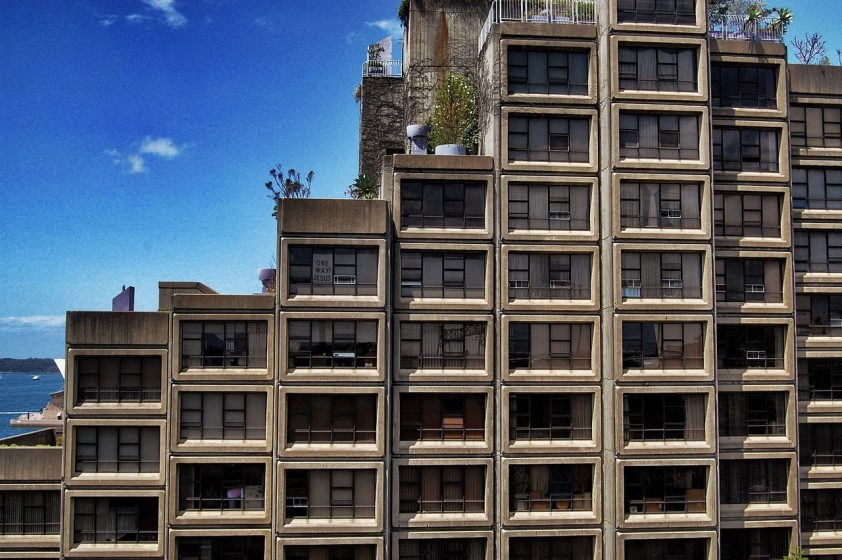
In this essay, I consider recent cases of loss of Sydney’s significant heritage items—stone artefacts, buildings, and trees—and the consequence these losses are having on peoples’ lives. In these examples the NSW State Government’s decisions are reversing long-fought-for gains across social justice matters and severing community connections to important places. Such losses, it seems to me, are happening even faster than global warming can erode Sydney’s coastlines. I argue for a return to an ethics of respect and care in urban planning and change management so as to better marry heritage, development and community well-being.
I have been a resident of Sydney for over 16 years. I love this city (though clearly I have issues with it). By training and experience, I am an archaeologist-heritage practitioner and academic. My interests centre on the ways that material remains and community practices affect peoples’ everyday lives. Work in the fields of psychology and heritage studies has demonstrated the ways in which people develop emotional attachments to special things, such as inherited objects or important places—for example, people’s homes and gardens, particular plants and trees or urban open green spaces. I am not an urban planner, but my interests are in the emotional-sensuous landscape of urban dwellers and how feelings as much as urban fabrics permeate the contemporary cityscape.
Are you Sirius?
The Sirius Building, a brutalist-style structure located adjacent to the iconic Sydney Harbour Bridge, is slated for demolition. The building is a public housing complex designed in 1979 by NSW State Government Housing Commission architect Tao (Theodore) Gofers. The design was influenced by Moshe Safdie’s Habitat 67 building in Montreal, Canada. The Sirius Building is a series of concrete boxes that together provide 79 apartments capable of housing 200 people. The structure is also notable for its green credentials—plants sit between the occupied spaces and surround the base of the building.
In March 2014, the NSW State Government announced plans to sell the Sirius Building site and, in 2015, tenants of the public housing complex were relocated. In 2015—albeit somewhat late in the game—the Heritage Council of NSW unanimously decided to recommend the Sirius Building for state heritage listing based on two key criteria—aesthetics and rarity. Surprisingly, they omitted the “key” criteria of “social value”, a phrase encompassing the significance of places to contemporary communities. Regardless, the Heritage Council’s recommendation was submitted to the NSW Minister for Environment and Heritage. The Minister declined to heritage list the building, citing economic rationalist reasons (heritage listing would reduce the site value by approximately AUS $70 million, a figure equivalent to 240 social housing units). It would seem that in this case, money has spoken, and the residents and communities of interest have wielded little influence or power.
To my mind, there are several disturbing aspects to this process and decision. First is the State Government’s rejection of the expert perspective of the Heritage Council of NSW, a body established to advise the government on such matters. In refusing to list, the Minister avoided adopting an ethical and courageous position of accepting the heritage value of the building based on expert and community viewpoints and then arguing for its demolition. The Minister’s decision making shows that he does NOT respect expert and community viewpoints. Second, the value of the building to its residents, many architects, and the wider City of Sydney were “overlooked” in the decision not to list the building. City of Sydney Lord Mayor, Clover Moore, has expressed support for the retention and heritage listing of the building, stating: “The original design and use of the Sirius building for apartments means it is capable of reasonable and economic use for housing. Its retention will continue to contribute to the character and housing diversity of The Rocks and Millers Point.”
A decision to demolish the Sirius Building is, in my view, an act of meanness. The decision ignores the personal impacts on recent and long-term residents. It also reflects an attitude antithetical to ideas of trust, humility, and integrity that many of Sydney’s residents, including me, want to see practiced by government.
Out with the trees
In early 2016, roughly 40 mature Moreton Bay Fig trees (some more than 130 years old) were removed and/or slated for removal from in and alongside Moore Park in Sydney. The Park, dedicated in 1866, has a long history of use for recreational activities (such as picnics) and outdoor sports. It is also renowned for its landscaping and functioning as an urban green open space. In May, public protests against the ongoing removal of trees led to the arrest of one person. Local resident and campaigner Annie Hargue has spoken of the loss of trees as a “very emotional issue”.
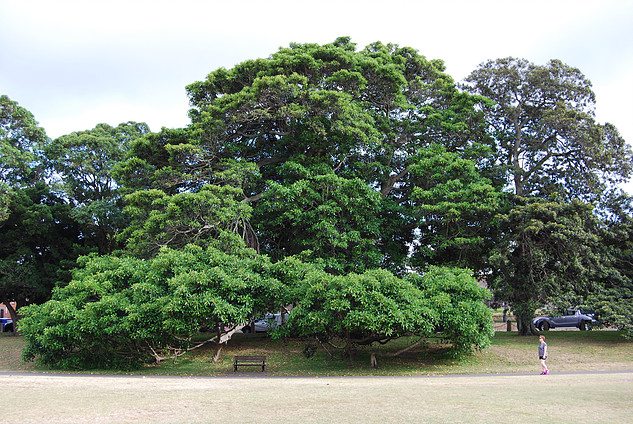
The removal of the trees is associated with the State Government’s development of an extended light rail system, itself a much-lauded project by those supporting improved public transport schemes. However, the issue is one of community engagement at a sufficiently early stage in the project planning. It would seem that community consultation, itself a rather cynical exercise when it is not undertaken in a truly collaborative spirit, was an abject failure. The State Government simply did not determine the social and community value of the trees. Instead, there is a sense of tree removal by stealth, which is not uncommon in governmental decision-making practice, but which is also at odds with the idea of transparency and accountability so often touted in government strategy and public declarations.
A subsequent “offer” to replant “significantly more” trees by the State’s Premier seems to have come too late and in an effort to compromise rather than out of generosity. This replacement option might have been acceptable to the majority of community members if a respectful process of civic engagement had been undertaken. In this failing, I see echoes of the meanness associated with the Sirius Building decision.
Trampling spirits
A further impact of this same light rail development project, but this time in the Sydney suburb of Randwick—several kilometres from Moore Park, has been on Australian Aboriginal (or Indigenous) cultural heritage. Heritage investigations undertaken in advance of the project resulted in the excavation of large numbers of Aboriginal stone artefacts. The exact numbers of artefacts are disputed, though a figure of 20,000 is commonly cited in the media. Nevertheless, and regardless of the exact number, such artefacts are taken to be markers of Aboriginal presence by present day Aboriginal people, representing a mix of settlement activities and ritual ceremonial practices. They are evidence of Aboriginal peoples’ occupation at the find location in the period prior to the 19th century, and likely many thousands of years previous. Aboriginal Elders have called for the protection of the artefact site because of its importance to contemporary Aboriginal people.
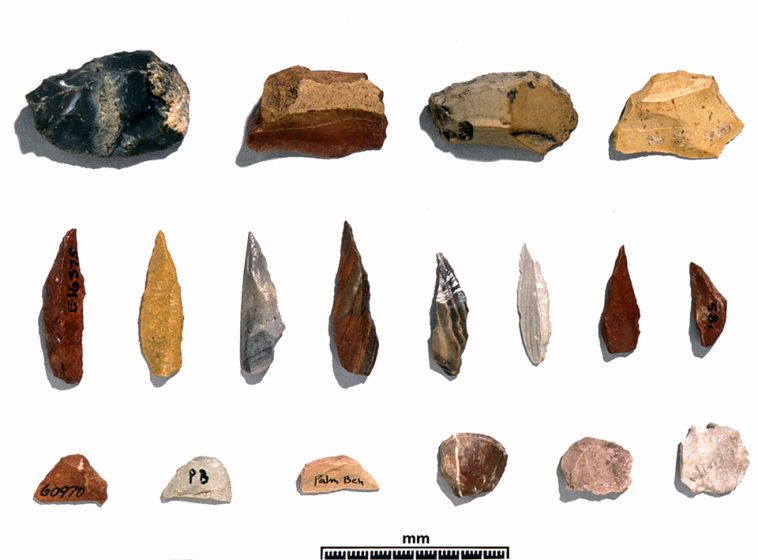
For many Aboriginal people, stone artefacts, whether formal tools or the waste products of tool manufacture and use, have come to represent the presence of real and spiritual ancestors. Furthermore, for some, stone artefacts act as agents with a capacity to channel the power and spirituality of ancestors and the place itself. I am not familiar with the excavated site referred to above, nor do I know the people for whom it evokes powerful feelings. However, Aboriginal peoples’ emotional attachment to such places is a vital expression of reconnection to urban landscapes, from which Aboriginal owners and custodians were dispossessed following the non-indigenous invasion and occupation of Australia from 1788.
Despite such connections felt by contemporary Aboriginal people to the stone artefacts and the place, the Federal Environment Minister, responding to a call for protection, has expressed the opinion that “I am not satisfied that the area …is a significant Aboriginal area as defined” (in relation to relevant legislation). There are echoes here of a long-standing colonial position that Aboriginal stone artefacts are of the past and are not relevant to contemporary Aboriginal people who are, in this instance, urban dwellers. This is a false presumption and reflects an attitude that urban Aboriginal people are not “traditional”, and are therefore incapable of reformulating and renewing their cultural connections to place.
Meanness, lack of generosity, and ongoing dispossession
Sydney’s expansion of its light rail system, though not a bad thing in itself, is coming at an emotional cost to communities, just as the proposed removal of the Sirius Building is undermining a sense that government actions respect civil rights. Such actions have become more common, rather than less so, over the last decade.
Australian heritage practitioners have a global reputation for their work in recognizing and documenting community values for special places. These skills have been developed since the early 1990s and offer workable approaches to engaging communities in identifying and managing important places and landscapes. Such work is typically characterized in heritage terms as “change management”, a phrase that talks to the dynamic and negotiated nature of heritage. Such skills should be regularly called on when discussing the values of public housing structures, Aboriginal cultural heritage, and long-standing trees. To be fair, much is already done in this regard. However, more recently, the balance between positive and negative outcomes for much-loved places is shifting toward the latter. The consequence is that community values and connections to special places are being increasingly sidelined in the processes of change in Sydney’s inner city environment.
Thus, Sydney is demonstrably moving toward a less-civil civil society. Heritage, whether as objects, structures, or people’s feelings for place, is a marker or litmus test of change. What is emerging is a growing tendency towards meanness or lack of respect for community views, a lack of generosity to the less-wealthy parts of society, and an ongoing practice of destruction of Aboriginal heritage. Not only are these things happening, but people are being deeply hurt in the name of a “better” society: an uncivil, civil society.
But I remain an optimist and a believer in the power of peaceful civic action and the capacity of government’s to respect expert and community viewpoints. Skill sets, tools (such as cogent planning based on community impact studies) and political processes exist for building closer ties between governments, heritage professionals, and those communities with intimate connections to special places. It is inspiring to see, for example, the recent placing of a “green ban” on future redevelopment of the Sirius Building site by the Construction, Forestry, Mining and Engineering Union (The Herald Sun, 18 September 2016, page 2). At a rally held on Saturday 17 September, Jack Mundey, renowned for coining the term “green ban” during urban heritage campaigns of the 1970s, told the crowd, “It’s a great pleasure for an old 87-year-old-bloke to be here. Let us resolve to keep the fight going.”
Steve Brown
Sydney


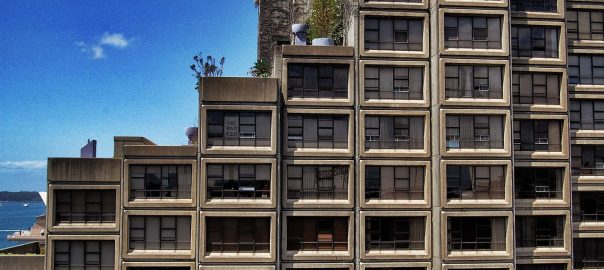
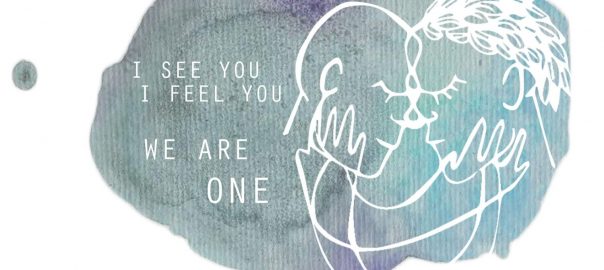
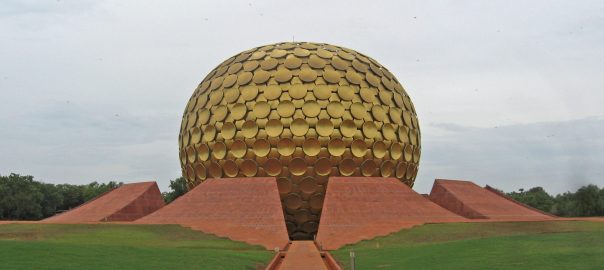
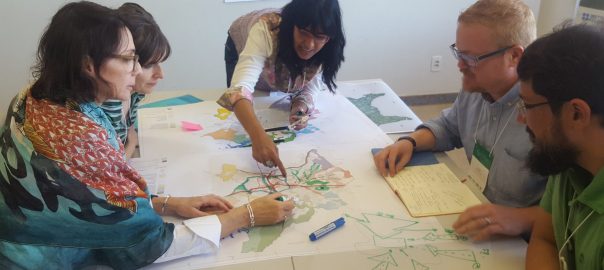
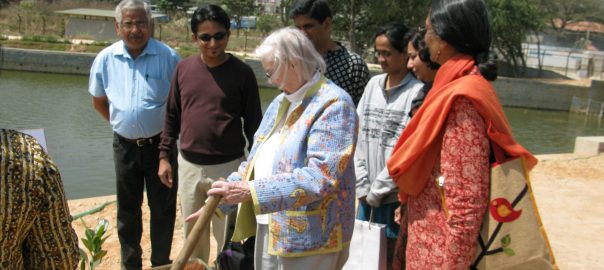
Leave a Reply